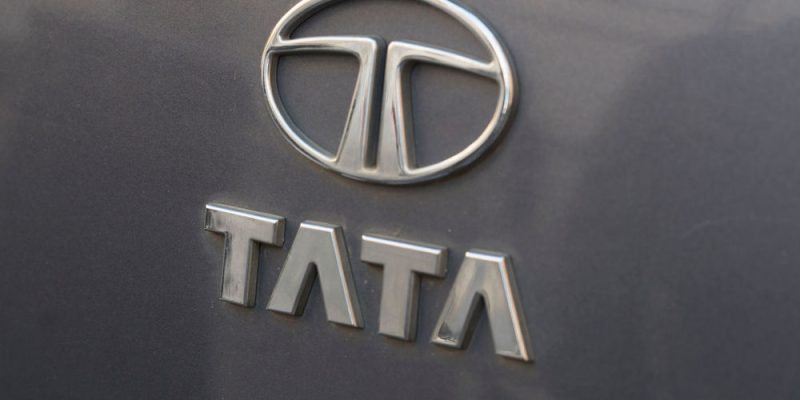
The UK government has finalized a £500 million subsidy deal with Tata Steel, aimed at transforming the Port Talbot steelworks into a greener facility.
This grant is part of a broader £1 billion investment package that seeks to replace the site’s existing blast furnaces with a new electric arc furnace, aligning with the UK’s goal of net-zero emissions by 2050.
The agreement is set to result in up to 2,500 job losses, raising concerns among trade unions and local communities.
Here’s what this deal means for the future of steelmaking in the UK.
What Tata Steel will do with this funding
Tata Steel’s £500 million subsidy from the UK government is aimed at modernizing the Port Talbot steelworks, which has long been one of the largest steel production sites in the country.
The funding will support the installation of a greener electric arc furnace, significantly reducing carbon emissions.
This aligns with the government’s wider commitment to invest £3 billion into the UK steel industry over the next decade.
The government subsidy also comes with expectations.
Tata Steel must explore future investment opportunities, such as producing wind turbines at a new plate mill in South Wales.
This development could create new jobs in a region heavily impacted by industrial decline, but it may not fully compensate for the job losses expected due to the plant’s modernization.
How many workers will lose their jobs?
The transition to a greener steel production model will lead to significant workforce reductions.
Approximately 2,500 workers are set to be made redundant, with another 300 potentially facing redundancy in the future.
To mitigate the impact, Tata Steel has committed to providing a “comprehensive training program” for affected workers, offering “recognized qualifications in sought-after skills.”
The company also promises its best-ever redundancy package.
While the creation of 500 jobs related to the construction of the electric arc furnace offers some respite, it is far from sufficient to address the scale of job losses.
Welsh Secretary Jo Stevens has said that the deal “enhances protections for the workforce across South Wales,” but concerns remain about the long-term economic impact on the region.
A mixed reception from stakeholders
The deal has drawn mixed reactions from various stakeholders.
While the UK government describes it as a “new and improved deal,” unions have been less enthusiastic.
The Community and GMB trade unions have stated that although this deal is “better than the devastating plan announced back in September 2023,” it still represents a significant loss for the workforce.
They also criticized the government for what they called a “tragic missed opportunity” to secure a better future for the steel industry.
Critics argue that the focus on decarbonization, while essential, should not come at the cost of thousands of jobs.
Many believe that a more balanced approach could have been adopted, one that integrates green technology while safeguarding the workforce.
What does this mean for the UK steel industry?
By moving towards greener technology, the government aims to ensure the sector’s long-term viability while aligning with its environmental goals.
However, this comes with significant social costs, primarily borne by workers and their families.
Business and Trade Secretary Jonathan Reynolds has stated that the agreement gives “hope for the future of steelmaking in South Wales,” but also acknowledged that “the road ahead is not without its challenges.”
This reflects the broader uncertainty that the UK steel industry faces as it navigates the complexities of modernization, economic pressures, and environmental obligations.
The subsidy for Tata Steel could set a precedent for future government interventions in other heavy industries facing similar challenges.
With global competition intensifying and environmental regulations tightening, British manufacturing will likely need to rely on a combination of public and private investment to remain competitive.
The UK government’s decision to back Tata Steel may signal a willingness to support other sectors in their transition to greener technologies.
The £500 million subsidy for Tata Steel is undoubtedly a significant step towards achieving a greener steel industry in the UK.
The substantial job losses and the mixed reception from stakeholders reveal the complexities involved in balancing economic, social, and environmental objectives.
As the government prepares to outline its broader steel strategy in the coming months, it will be crucial to address these concerns to ensure a just transition for all parties involved.
The post Tata Steel secures £500m UK government subsidy in new deal: what it means for the industry appeared first on Invezz









